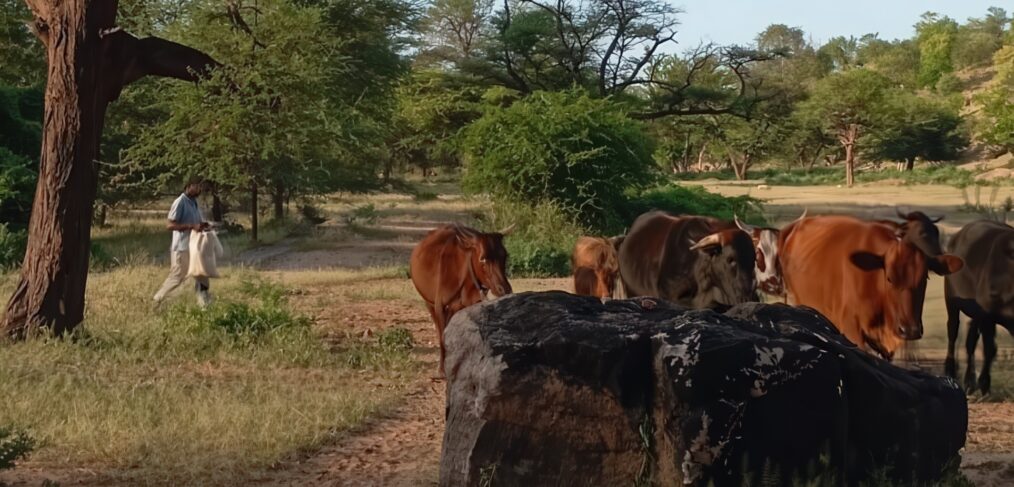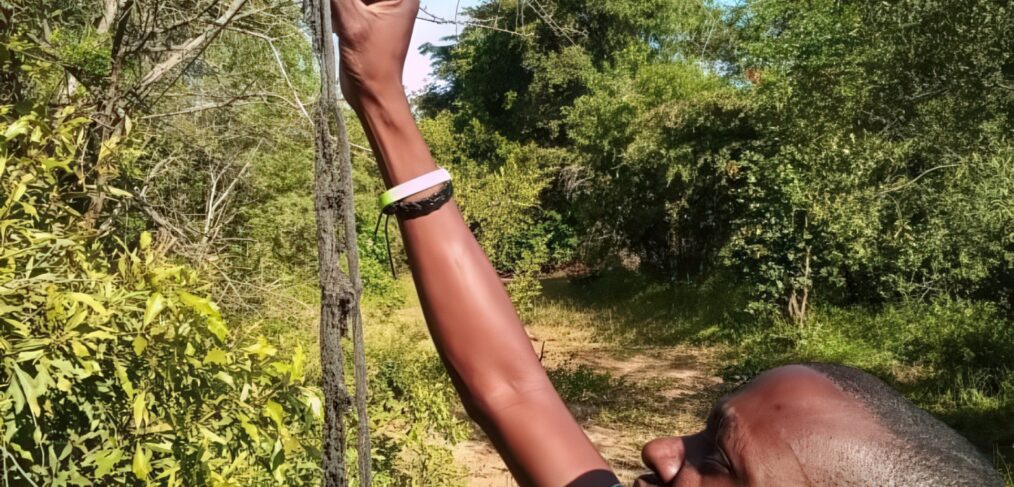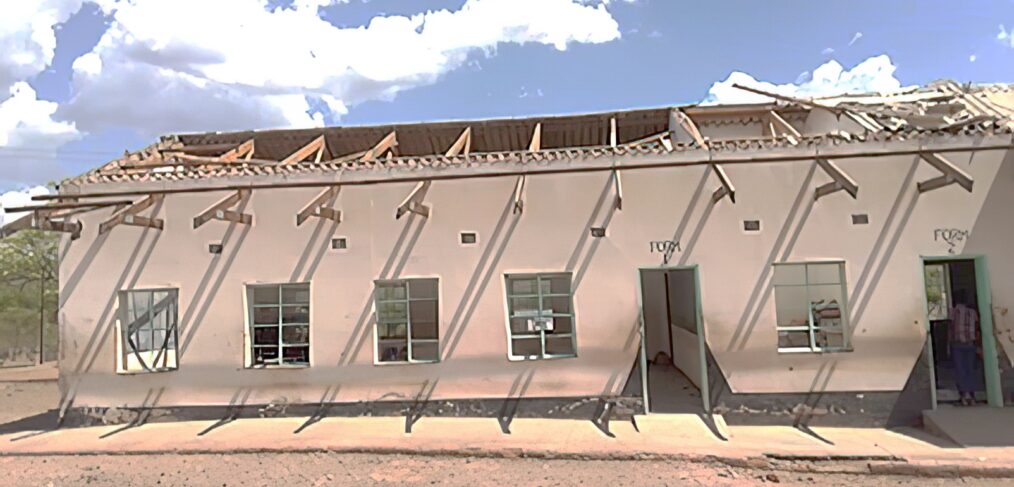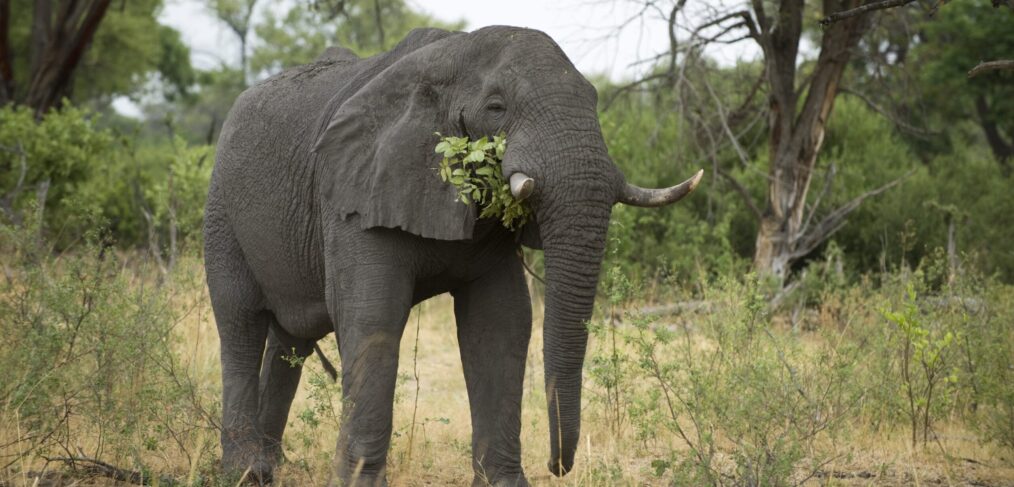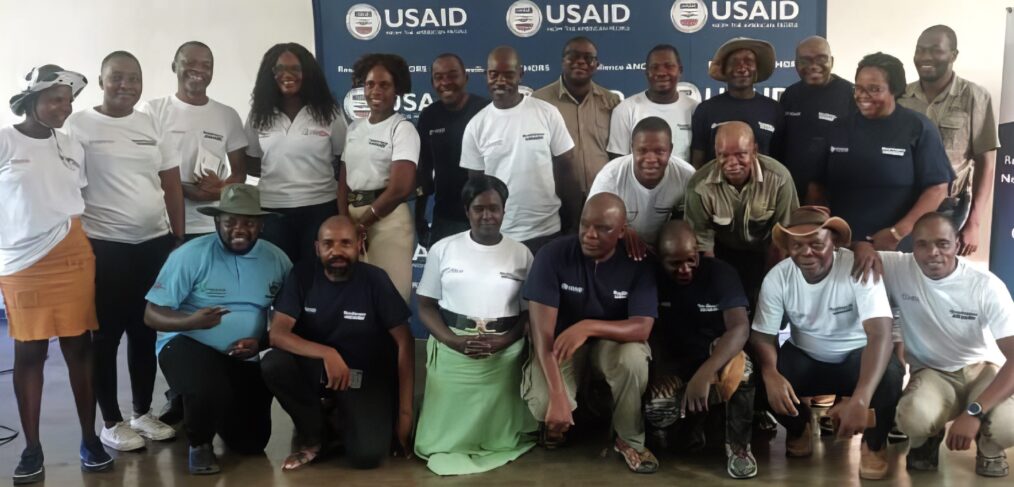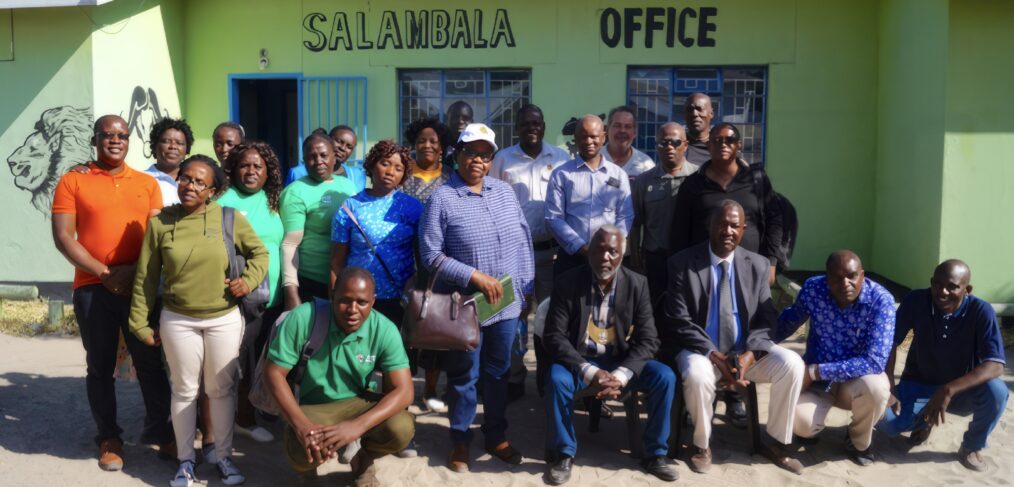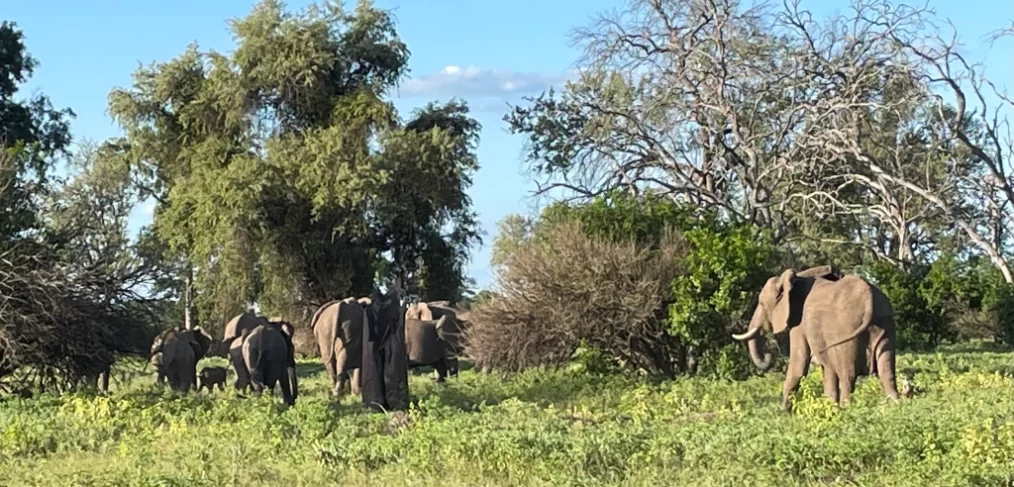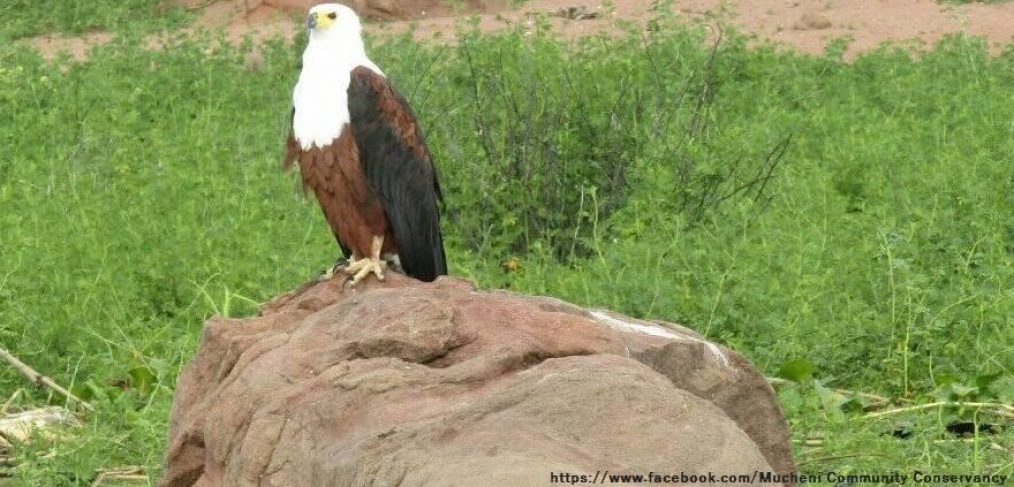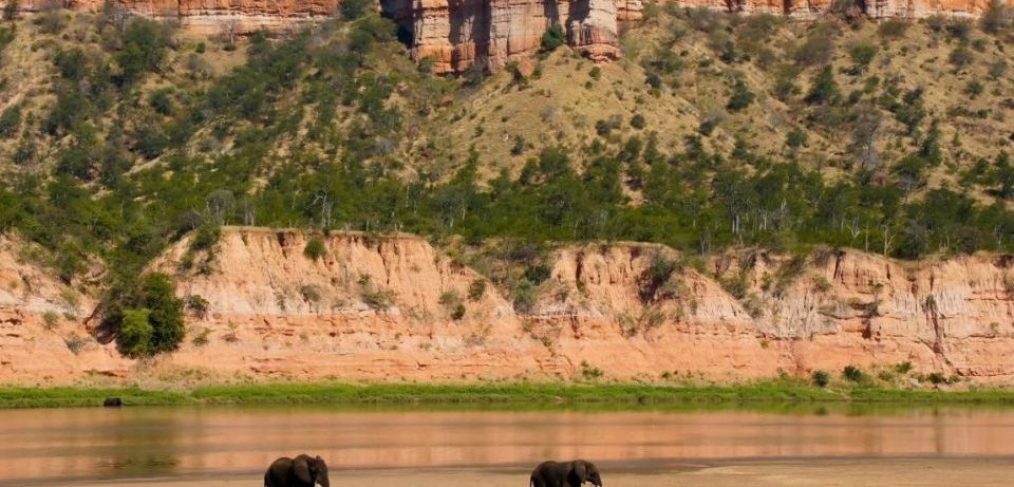Human-lion conflict is a pressing issue in Hwange District, Zimbabwe, where livestock depredation by lions and other predators is a significant threat to farmers’ livelihoods. According to the Hwange Rural District Council (RDC) Environment Department’s Problem Animal Control report book for 2024, lions were responsible for 120 livestock losses, hyenas for 125, crocodiles for 86, and leopards for 35. Although lions prey on almost all livestock, they kill more cattle than any other predator, which means that lions cause the most damages in terms of economic value.
In Zimbabwe’s Hwange District, an innovative solution is helping to mitigate human-elephant conflict (HEC) and change the lives of local communities. Chili fences are a non-lethal method of protecting crops and reducing conflicts between humans and elephants. The chili fence strategy was made possible by the generous support of Connected Conservation, who donated chili fence materials. By working hand-in-hand with local communities, the initiative has significantly reduced human-elephant conflict.
In 2024, the people of Matabeleland North (Ward 8) in Zimbabwe’s Hwange District witnessed the tangible benefits of community-led conservation efforts. Revenue generated from wildlife management through the CAMPFIRE programme was used to restore the roof of a classroom block at Lumbora Secondary School. This initiative not only improved the learning environment but also demonstrated the positive impact of sustainable wildlife management on local communities.
The Zimbabwean government recently announced its intention to cull 200 of its 95,000 elephants to feed its people. Communities living with elephants in the country consider this to be step in the right direction.
As a member of one of the communities living alongside elephants, I warmly welcomed this strategy. During a drought, conflict with elephants increases – they damage crops and leave people without anything to feed their families. This cull will also provide an important source of meat for people who are struggling to survive.
By Liberty Chauke
Zimbabwe’s Community Areas Management Program For Indigenous Resources (CAMPFIRE) programme was the first of its kind in southern Africa, whereby people living with wildlife became beneficiaries of the sustainable use of wildlife in their areas.
Zimbabwe’s Communal Areas Management Programme for Indigenous Resources (CAMPFIRE) was created in the 1980’s as an important conservation and rural development tool, particularly for the country’s wildlife-rich areas and semi-arid regions, which have very low agricultural potential.
The Cost of Living with Wildlife
As narrated by Mr. Liberty Chauka – Zimbabwe
One day as we were walking in the forest, a raucous high-pitched sound of hadida ibises disturbed the feeding pride of lions as we were approaching close by. This was followed by the grumbling of lions that were feeding on our cattle. Fortunately, we were a group of young boys and two men, and we managed to chase them and recovered the livestock carcass.
Zimbabwe’s Herald newspaper reports on the Mucheni Community Conservancy, a Kavango Zambezi (KAZA) Sustainable Wildlife Management programme that is building on CAMPFIRE –
by Liberty Chauke, CLN member
I was seated listening to the melodious and whistling sounds of birds in the forest. Memories of childhood popped in and took me down memory lane. I grew up in the most respected royal family in

